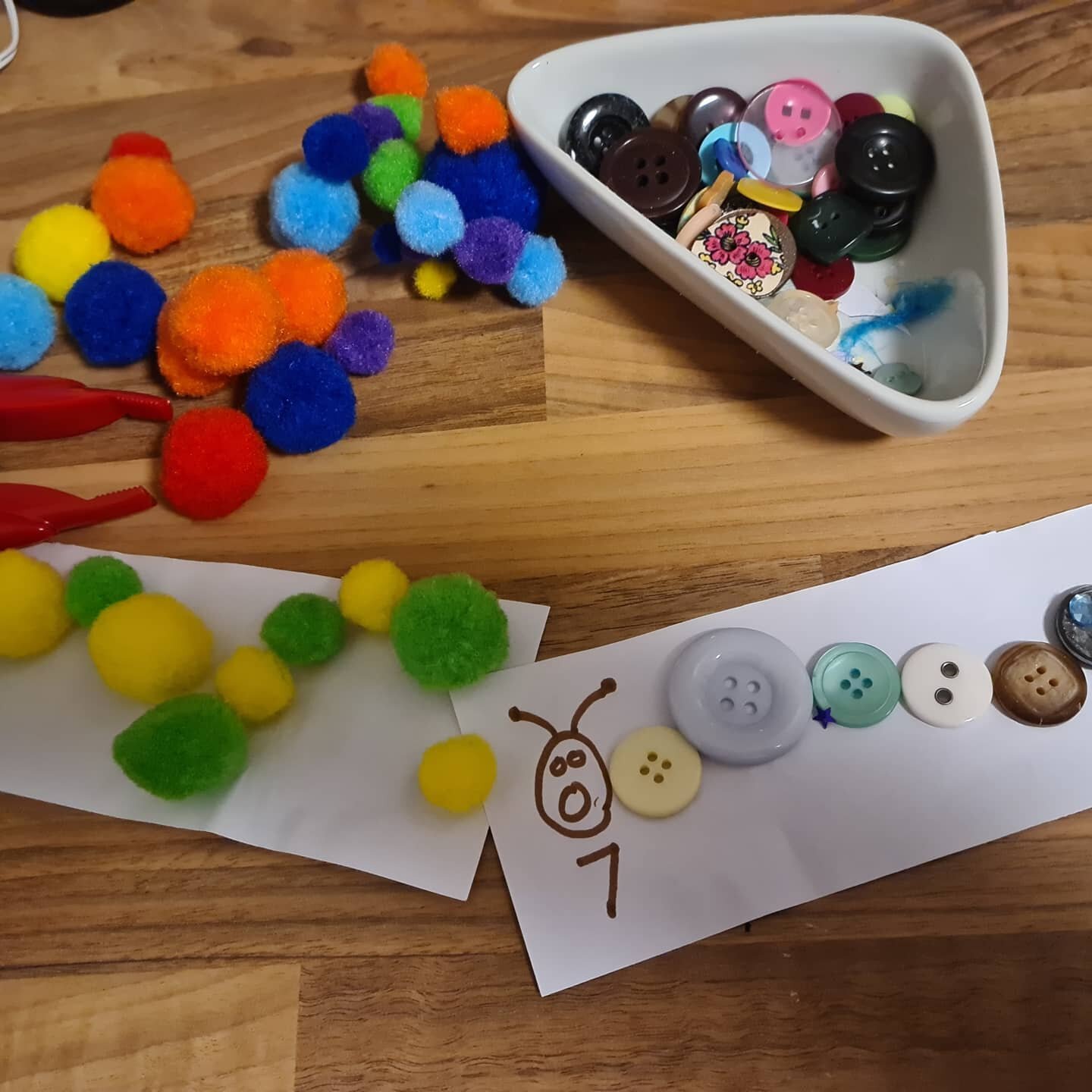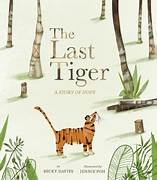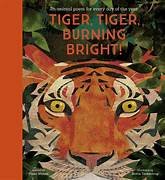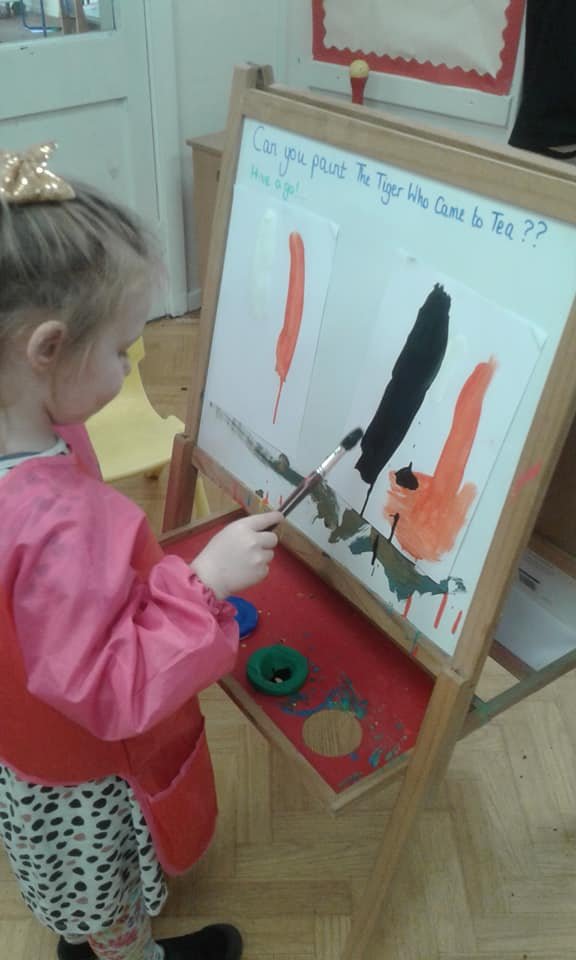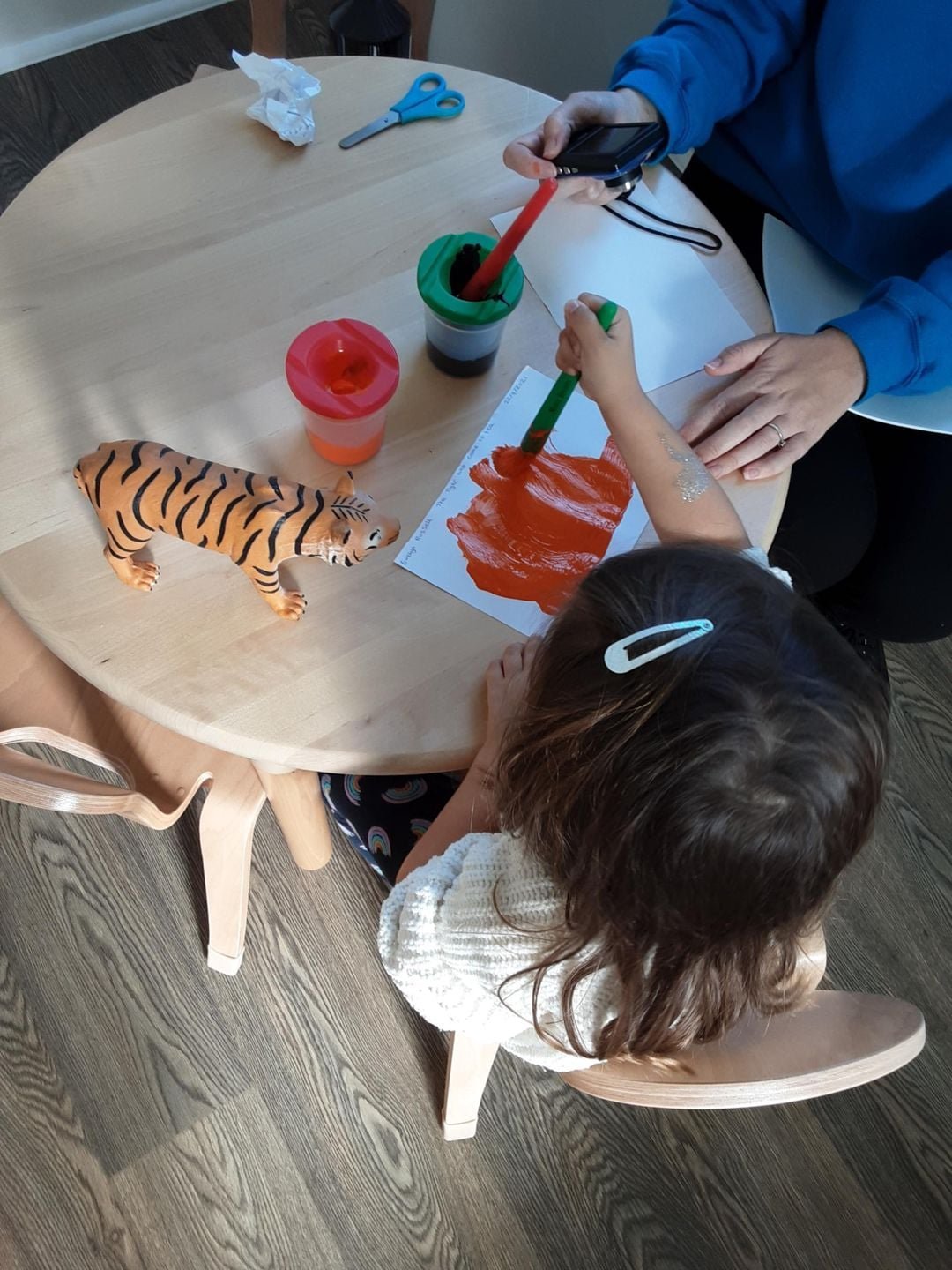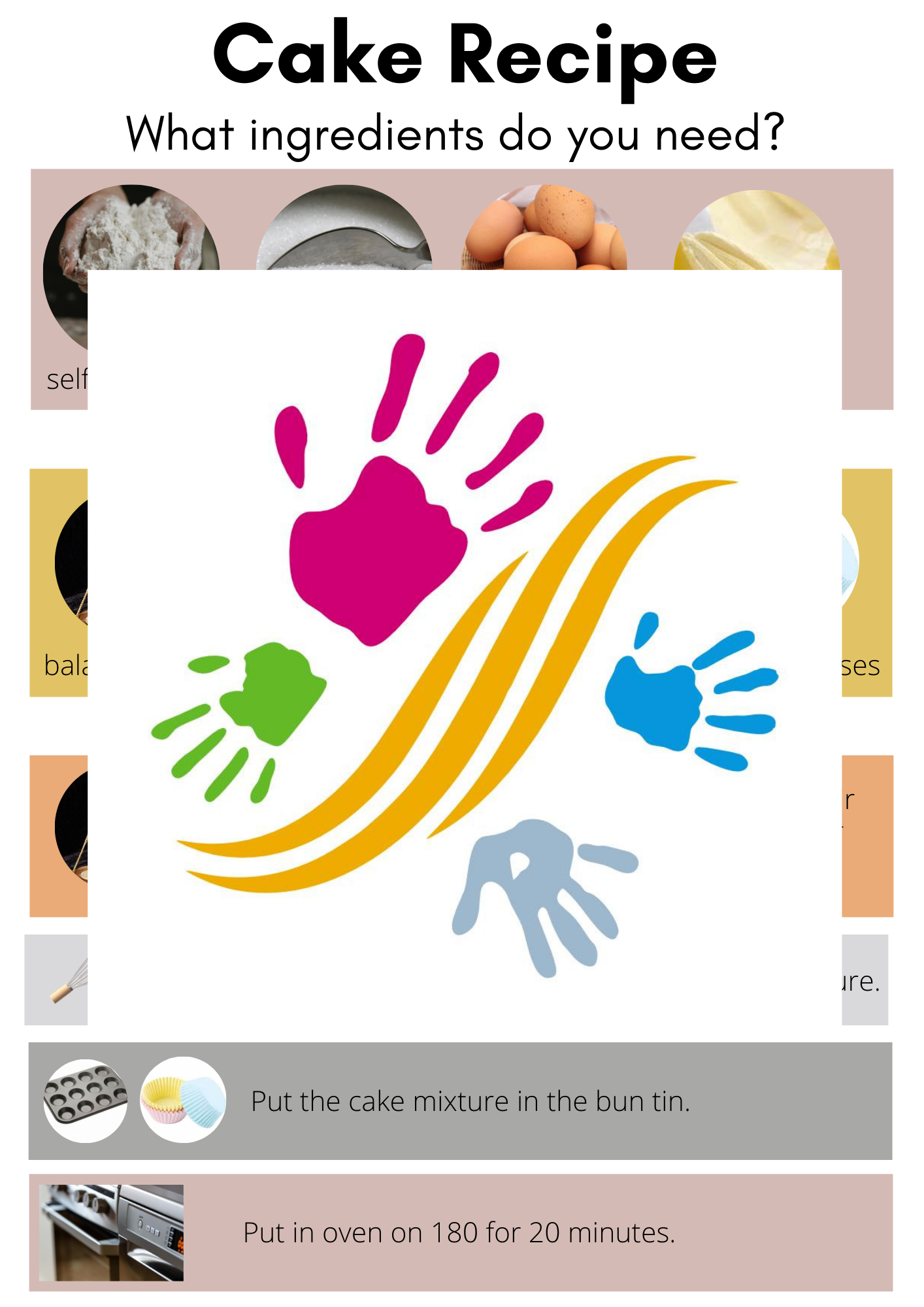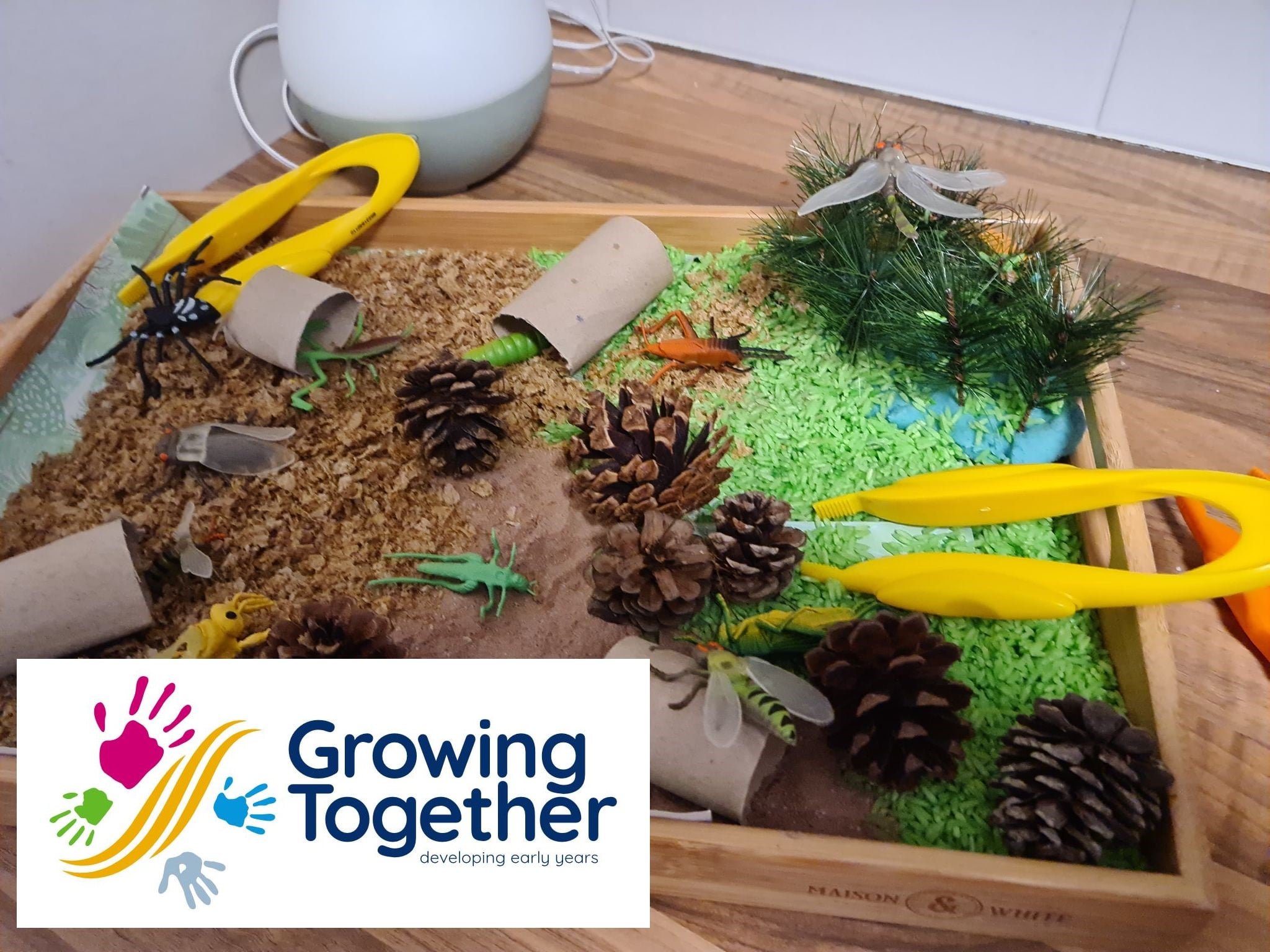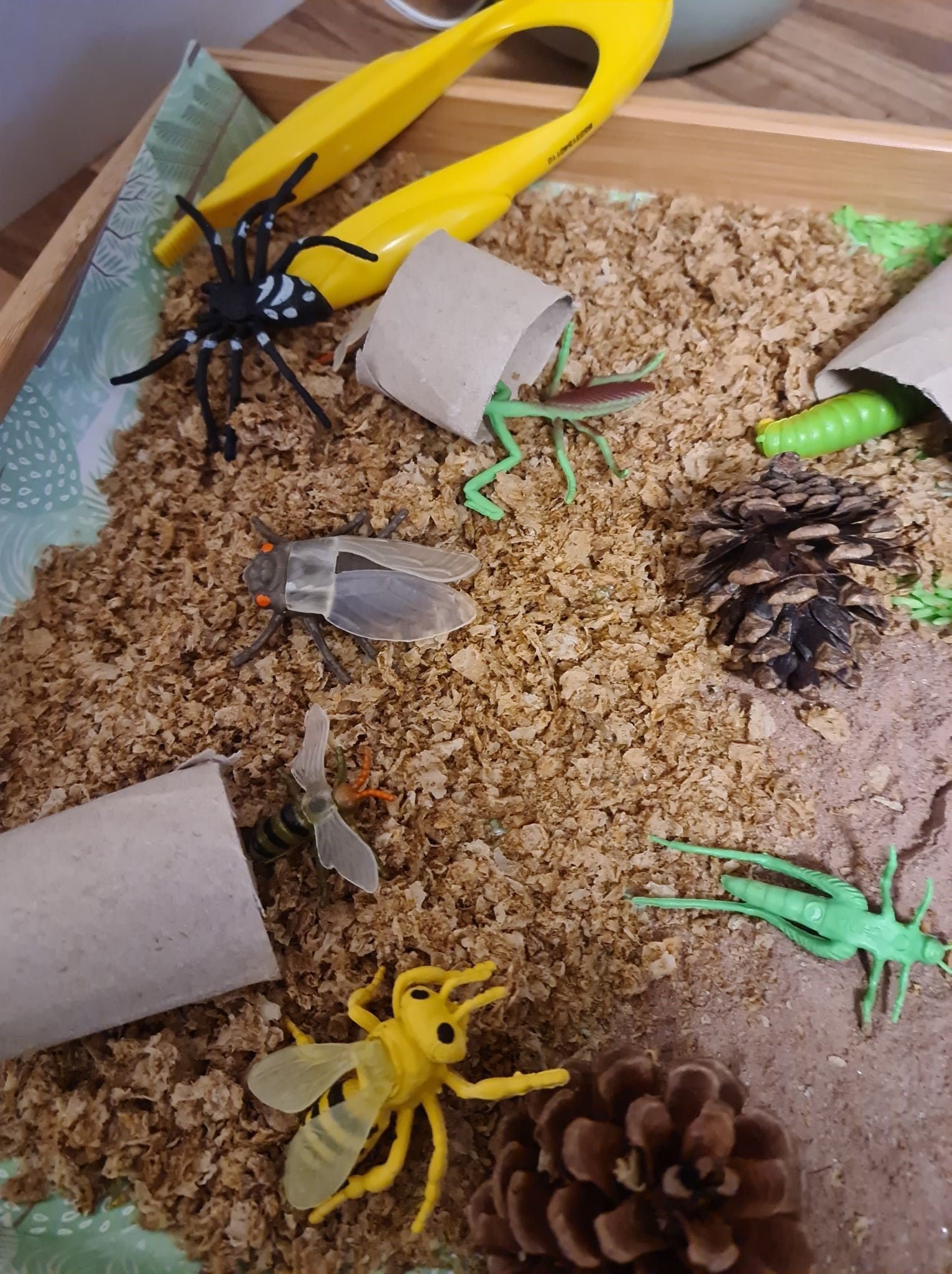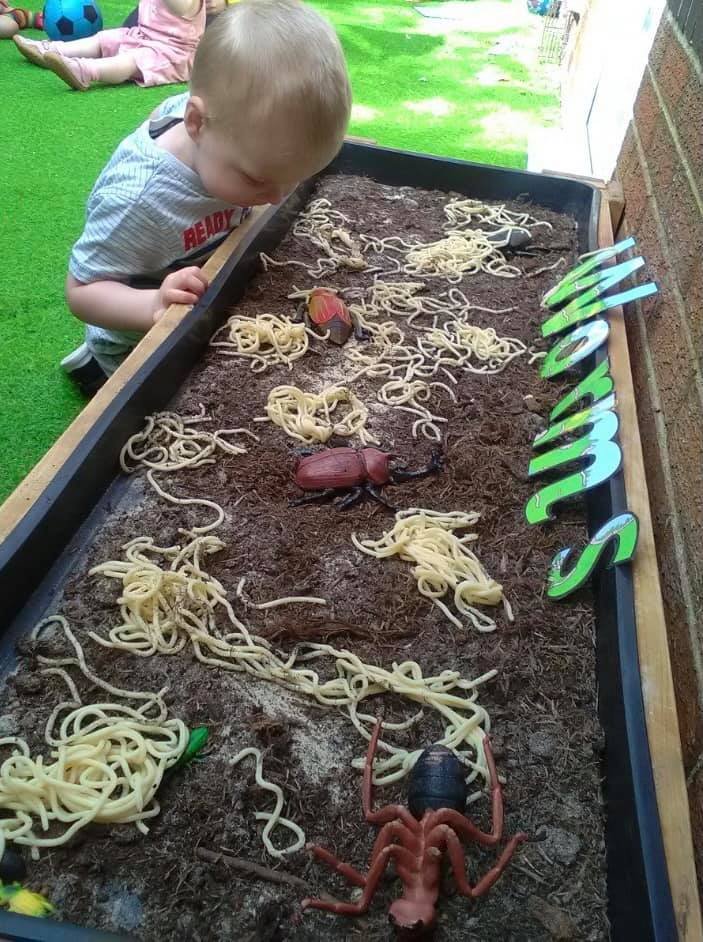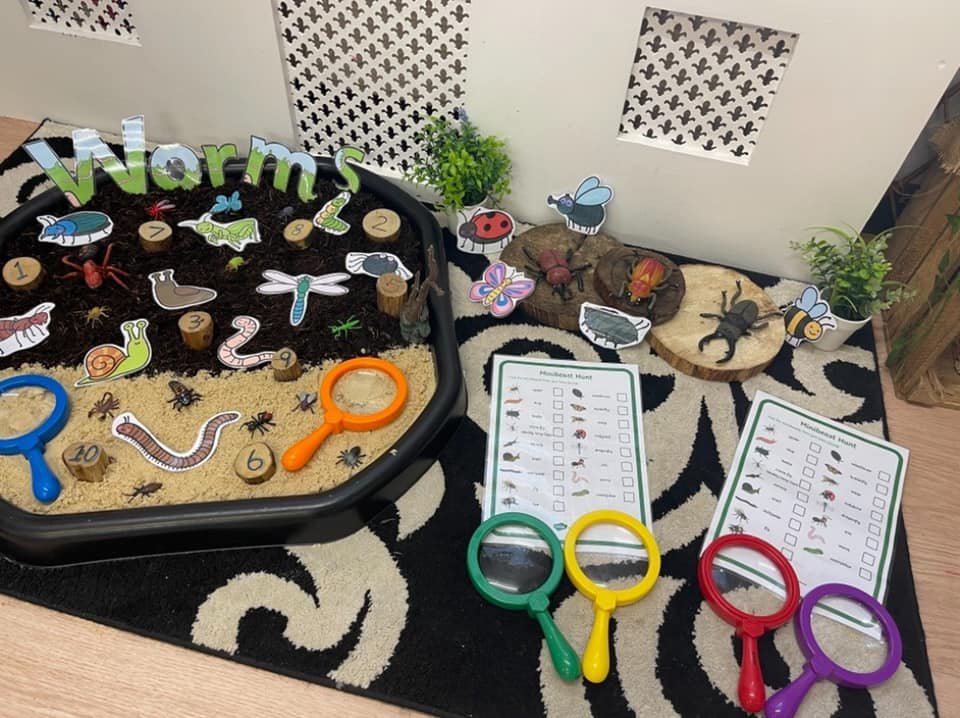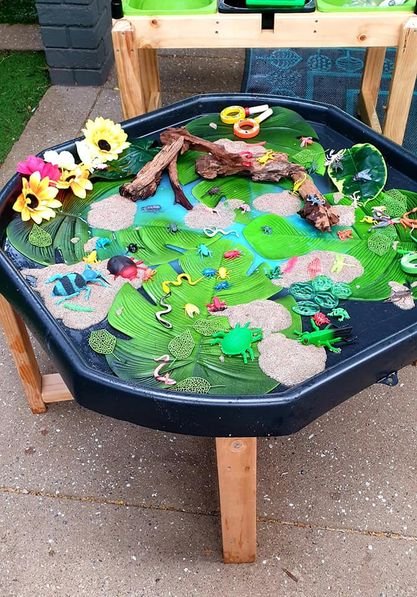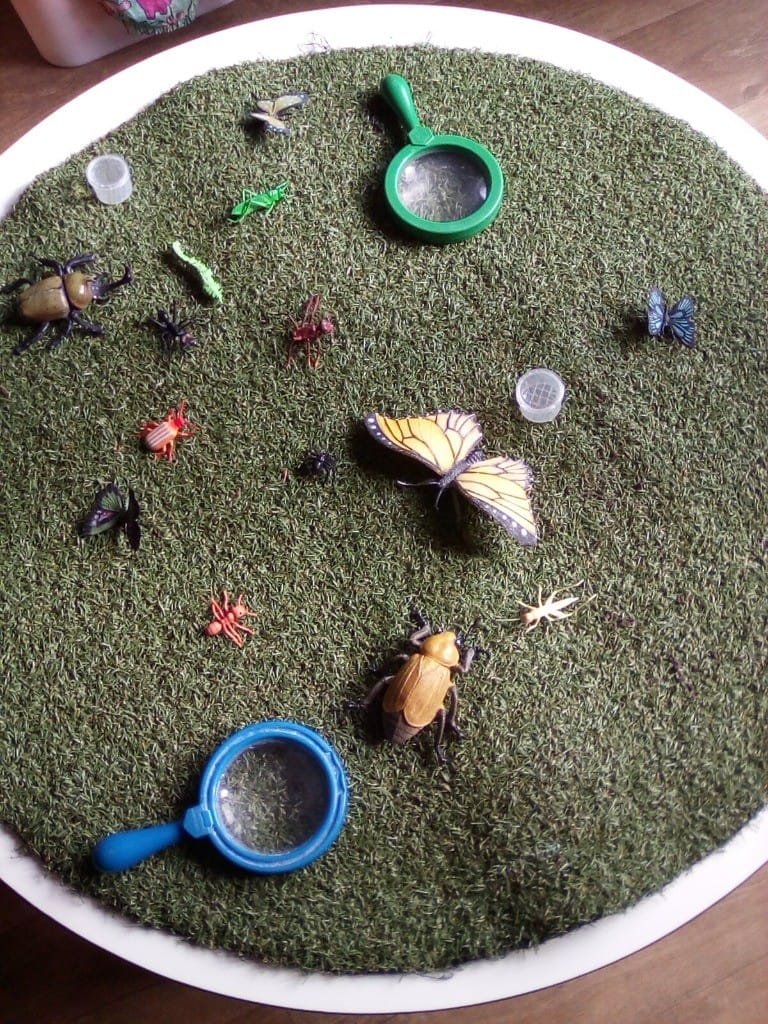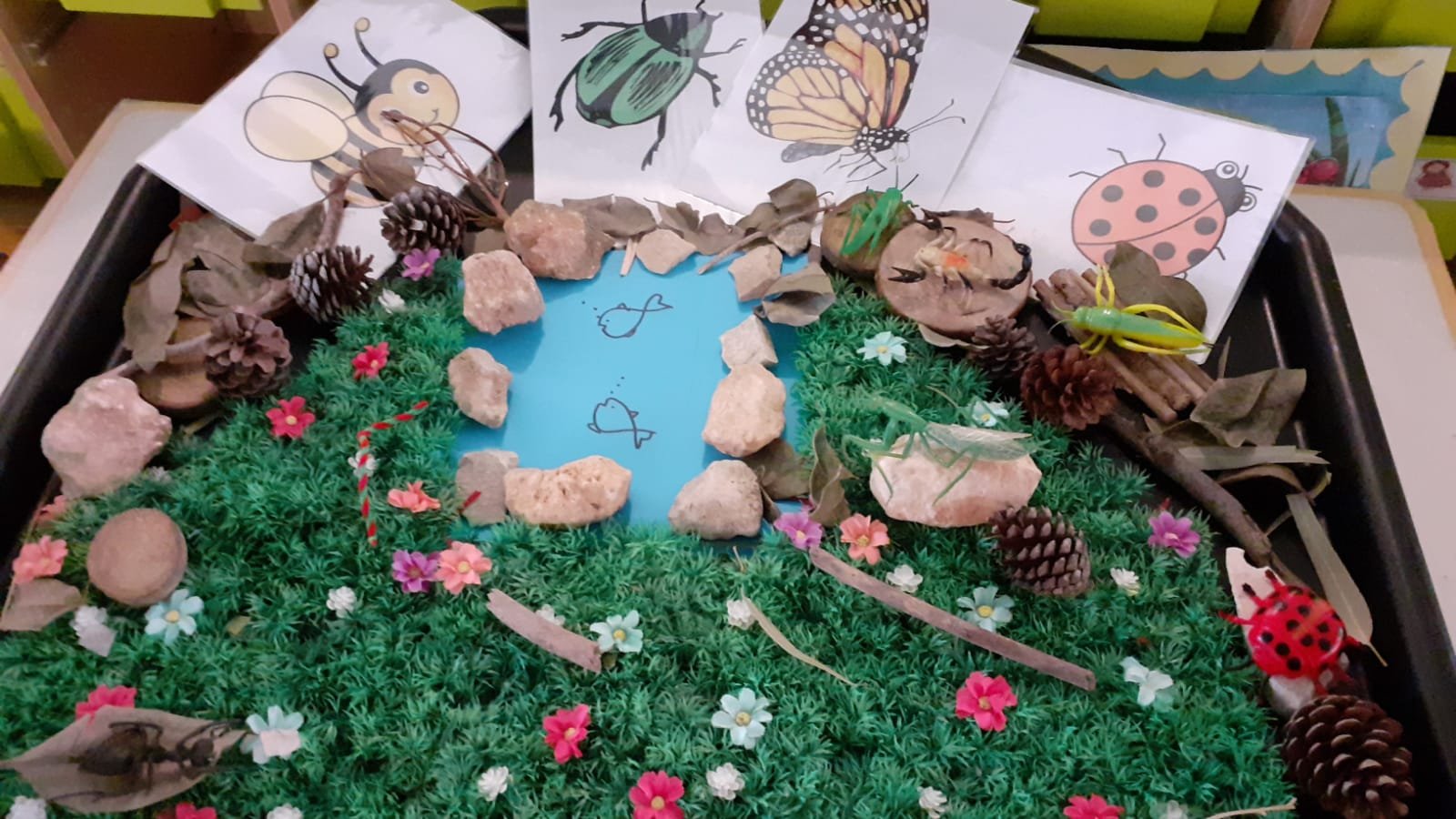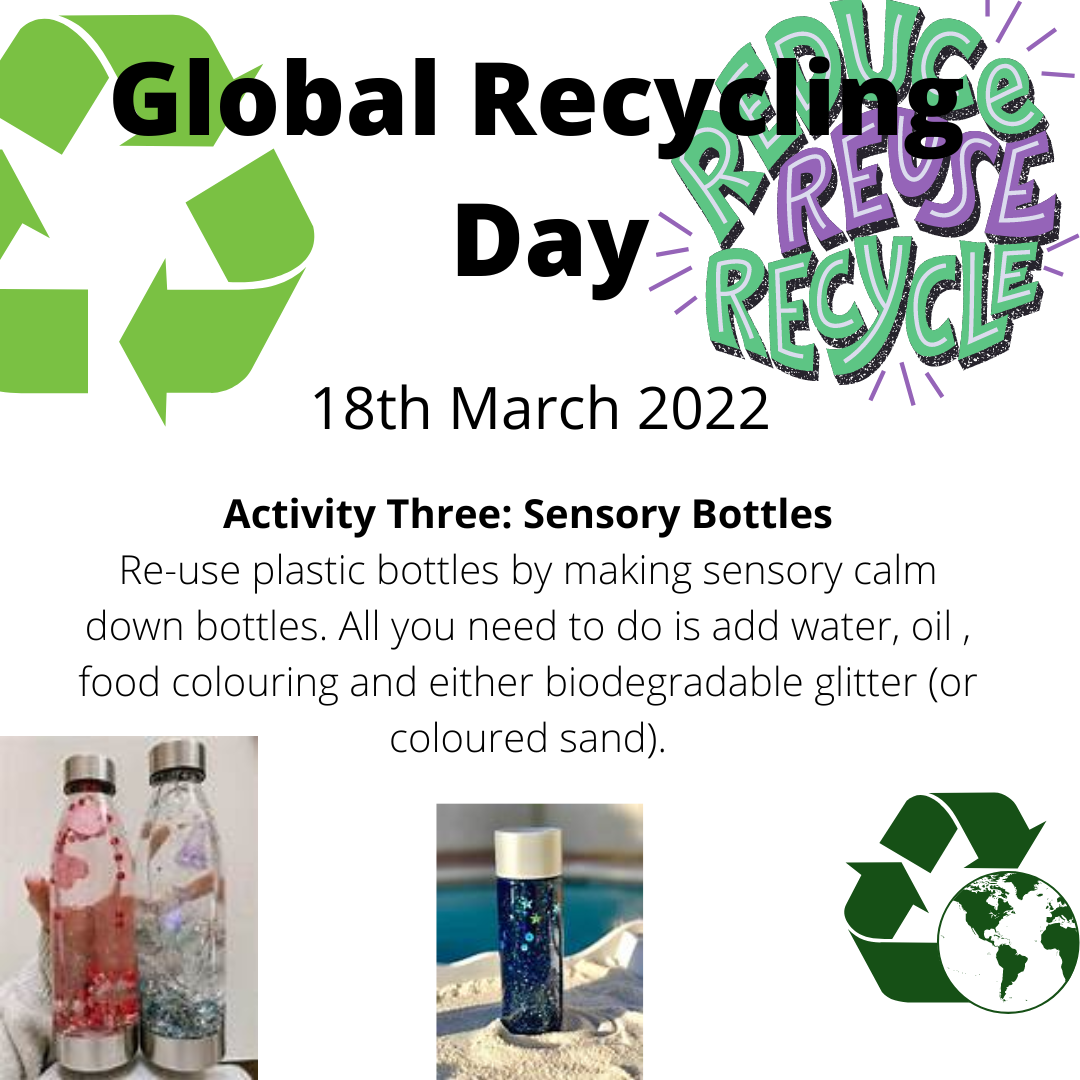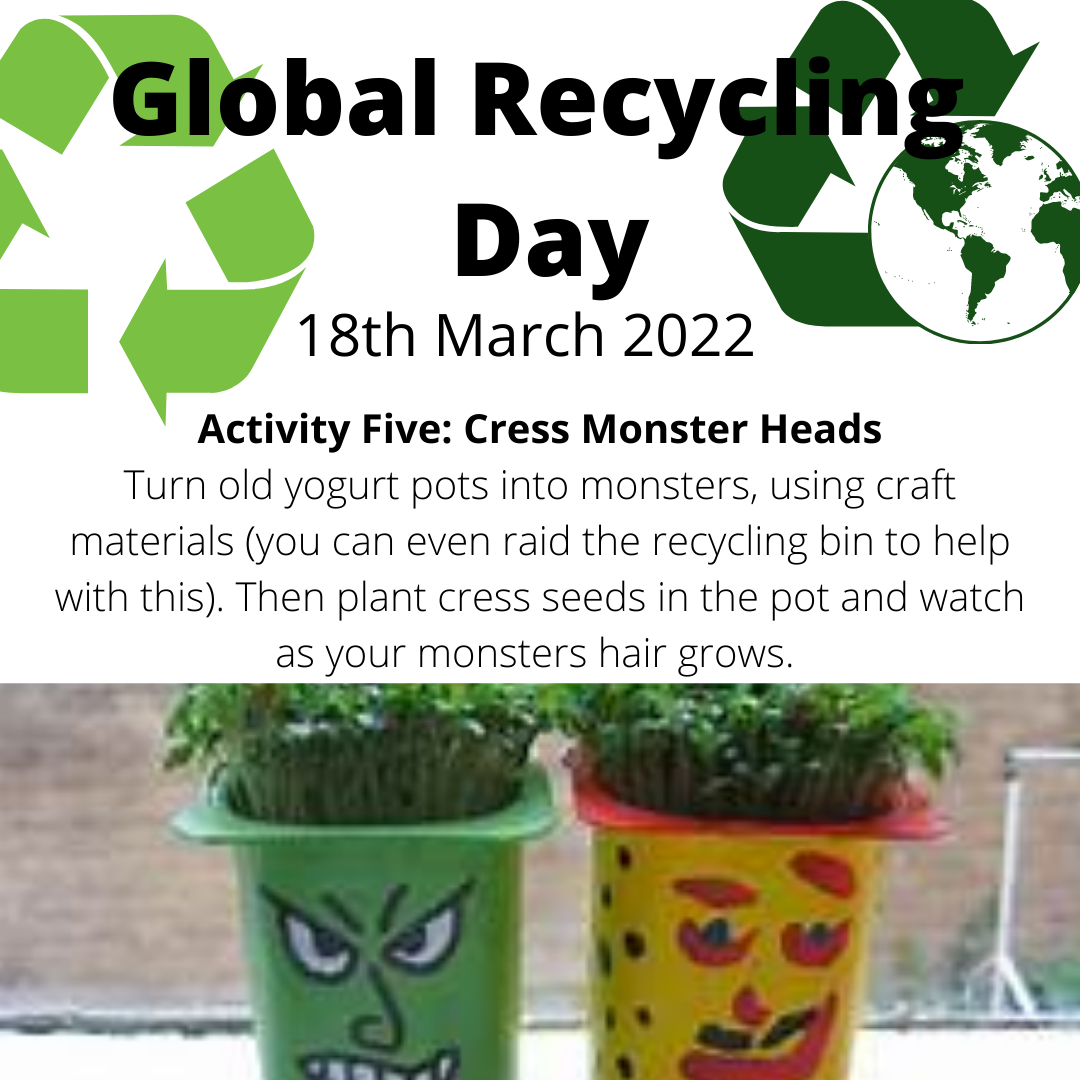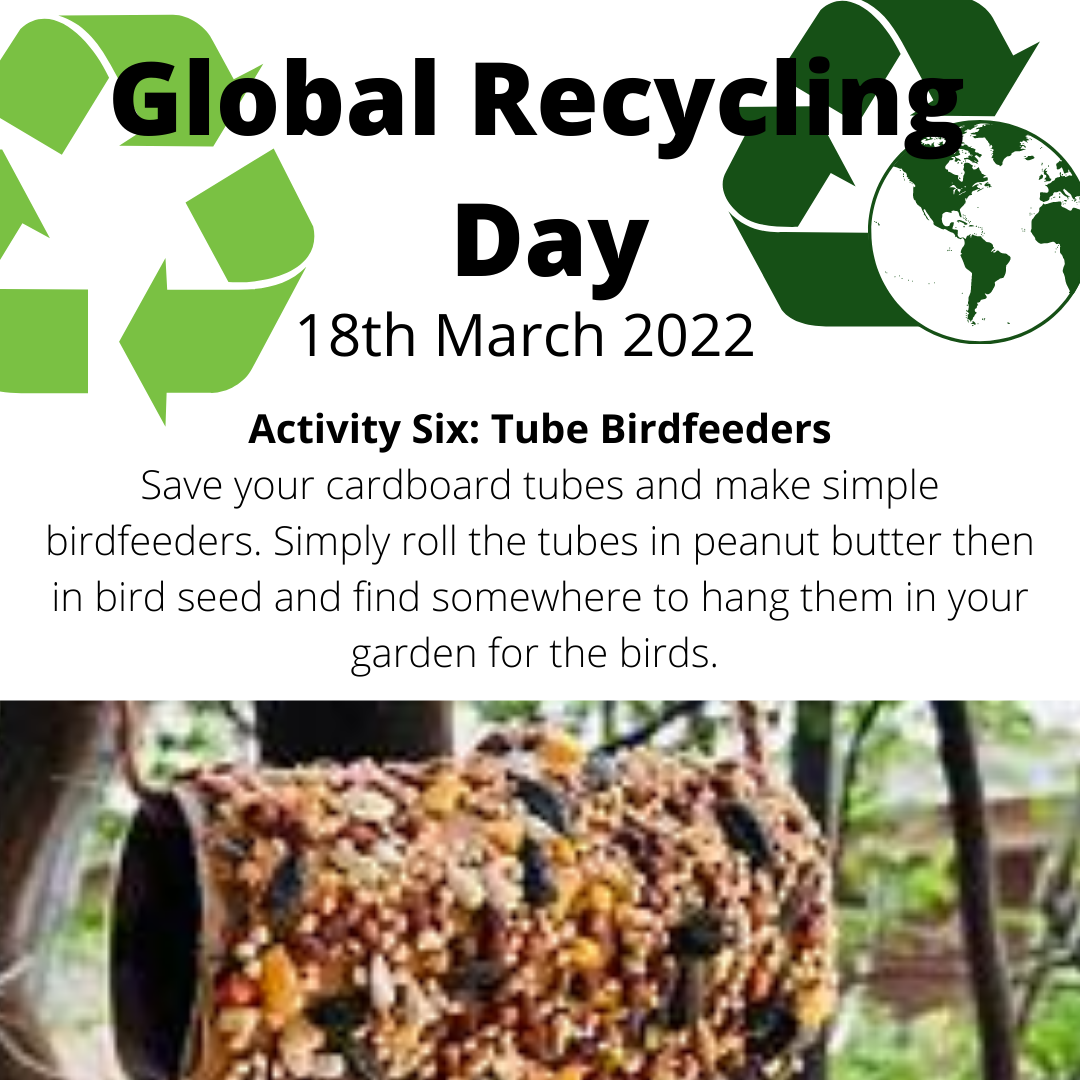International Tiger Day
International Tiger Day happens on the 29th July 2023. It is a chance to celebrate Tigers, and educate around conservation and natural habitats. This blog post explores ways early years settings can get involved in this day.
What is International Tiger Day?
International Tiger Day is a global celebration that happens every year since 2010, to raise awareness about tiger conservation and natural habitats. People around the world celebrate International Tiger Day in a variety of ways, from information sharing too big events. As a company we are passionate believers that children are our future and that we need to teach them about the incredible world that we live in from a very young age. This is why we are supporting International Tiger Day as a company.
When is International Tiger Day?
International Tiger day is celebrated on the 29th July 2023.
Why Celebrate International Tiger Day?
There are many reasons why people celebrate International Tiger Day and below are some of them:
· In 2010 when International Tiger Day was launched, 97% of all wild tigers had disappeared (National Today)
· To protect endangered species and to tackle illegal poaching (National Today)
· To empower the future generation with knowledge about tiger conservation and natural habitats.
· Because children within their early year’s settings are interested in tigers or animals.
· To teach children about our ecosystem.
Ways of Celebrating International Tiger Day in the Early Years?
Raise money to sponsor a tiger as a setting:
One of the things that you can do as a setting is hold a fundraising event to raise money to either sponsor a tiger a setting or support a tiger conservation project. There are lots of things you can do to fundraise money and below are just 5 ideas:
1. Hold a cake sale.
2. Save 20 p’s in a smarties tube – just send smartie tubes home.
3. Pre-loved clothes sale – ask parents to donate their outgrown preloved clothes and sell them to parents that need them for a donation.
4. Sell produce to parents from the nursery’s allotment or vegetable patch.
5. Have a summer fete with hook the duck, splat the rat and traditional games.
Five of our favourite tiger books:
The Tiger Who Came to Tea by Judith Kerr
Tiger, Tiger, Burning Bright by Fiona Walters
The Last Tiger by Becky Davies
Never Touch a Tiger! By Rosie Greening
That’s Not my Tiger by Fiona Watt
Three activities to go with the story The Tiger Who Came to Tea by Judith Kerr:
Set up a tea-making tuff tray with cups, saucers, milk, sugar, jugs, tea pots, tea bags and coffees. For the children to develop their physical skills and communication and language through imaginative play. It also gives lots of opportunities for natural mathematics through exploration e.g. exploring capacity such as full, half-full and empty. Or counting how many spoons full of sugar you would like.
Have a tiger tea party and make invites for your friends and make some yummy treats such as cupcakes and sandwiches. Through setting up a tea party and cooking/making food with the children you can cover all areas of the early years foundation stage in a fun and interactive way. From problem-solving how many chairs you need around the table, to practising physical skills as they mark-make their invites, pour ingredients or learning to retell what happened in the story. The possibilities are really endless.
Make tiger masks so that you can be the tiger who came to tea. Whilst doing this activity you might want to look and talk about the patterns on tigers, how are they different to other animals? Can you get the toy small world animals out and look closely?
(Photo Credit: Chestnut Nursery School 2021 - The Tiger Who Came to Tea - Tea Party).
Paint pictures of tigers and have a tiger art gallery:
Use photos and toy tigers as a stimulus to encourage children to have a go at painting their own picture of a tiger. Host a tiger art gallery exhibiting all the children’s amazing artwork.
(Photo credits left to right: Queensway Infant Academy and Nursery (2023), Ducklings Nursery at Middleton Manchester (2021) and Monkey Puzzle Day Nursery Loughton (2021).
India:
70% of the tiger population is in India (National Today), so why not do a mini topic looking at India with the children. Here are five inspirational ideas to get you going on a journey to India:
1. Make passports and tickets, as well as setting up a role play airport and catch a plane to India.
2. Use non-fiction texts to find out information about tigers in India and set up a little news station for the children to share the information they find.
3. Look at different maps and globes and find India.
4. Set up a tuff tray of a tiger habitat and have pictures and information to go with it about tigers in India.
5. Share with children the folktale from India – The Tiger Child. You can find a video of the story here.
We would love to hear how your setting celebrated International Tiger Day. Why not leave us a comment below and let us know?
Building on children’s curiosity of all things creepy crawly
National Insect Week 2023 is a fantastic week to celebrate in early years settings. Children are often curious, mystified and very interested in our creepy crawlies that we can find outside in our outdoor provisions. There are many ways that we can support and build upon children’s interests in everything insect related.
Children are often curious, mystified and very interested in our creepy crawlies that we can find outside in our outdoor provisions. There are many ways that we can support and build upon children’s interests in everything insect related. This blog posts shares lots of ideas and inspiration for anyone who is participating in National Insect Week 2023 or just have insect loving children!
Bug Box Carrier
The Carrier Contains
bug books
bug pots
identification cards
clipboards
notepads
pens
pencils
magnifying glasses
rulers
mini microscope
multilink for non-standard unit measuring
paintbrushes (to be gentle when moving insects)
This is a great resource to create for children on the go, to take wherever they find their creepy crawlies. It also keeps everything together and in the same place so you can easily find things in the moment to follow on children’s interests.
Bug Themed Nursery Rhymes and Songs
Rhymes and songs are fantastic for children’s learning and development and there are lots of insect themed songs out there. Here are one of my favourite nursery rhymes for an insect topic. It is a fantastic song that can incorporate finger play for young children, supporting their physical development, as well as their proprioception and vestibular sense.
Here is the beehive.
But where are all the bees?
Hiding away where nobody sees.
Here they come flying out of their hive.
One, two, three, four, five!
Here is the beehive.
But where are all the bees?
Hiding away where nobody sees.
Here they come flying out of their hive.
One, two, three, four, five!
Buzz up high. Buzz down low.
Buzzing fast. Buzzing slow.
Buzz to the left. Buzz to the right.
Buzz all day but sleep at night.
Here is the beehive.
But where are all the bees?
Hiding away where nobody sees.
Here they come flying out of their hive.
One, two, three, four, five!
Insect and Bug Books
Sharing books with children has a variety of benefits from supporting their communication and language development, extending their vocabulary. Developing attachment and relationships as you share books together. To developing early literacy skills and a love for reading. They can also be a great source of information gathering for young children.
These are five of my favourite bug related books to share with children under five years old.
Insect Tuff Trays
(Photo credits: Images 1-3 from Growing Together Developing Early Years, Images 4 and 5 Happy Feet Nursery Watton, Image 6 My Environment Family Day Care on Facebook 30.09.2021, Image 7 Bear Hugs Nursery, Image 8 Active Learning Childcare).
Tuff trays like the images above can support children’s learning through tactile experiences, promoting sensory placed learning. They can also help to develop their communication and language skills and imaginations as they play and explore in the different trays.
Feed Slugs and Snails
Pop out some cucumber or lettuce out and sit back and observe how snails and slugs eat. You can look closely using a magnifying glass and have bug books close to hand for information. A top tip for when moving bugs/insects is to move them gently using a paintbrush to avoid squishing or hurting them,
Science Experiment - Hovering Butterflies
What do you need:
tissue paper,
scissors,
cotton,
tape,
stapler or paperclips,
magnetic wand.
Instructions:
Cut out small butterflies using tissue paper.
Staple or paperclip one end of the butterfly to the piece of cotton and stick the second end using tape to the table.
Use a magnetic wand above the butterflies. You should be able to get the butterfly to hover below in the magnetic field.
Insects and Clay
Push toy insects into clay, so that you get a nice print of the different insects. You can then leave them to dry before painting and decorating how you wish.
Movement Game
Support children’s physical development and listening attention and understanding through a simple adult-led instruction based game. Ask the children to move like different insects for example, scuttle like a beetle, flap like a butterfly, march like ants and so on. You can also differentiate the game up encourage children to move like an insect in response to different music or instruments. Thinking about what insect does it sound like?
Please note that this blog was originally written for National Insect Week 2023 and updated in 2025.
Opportunities for scientific learning through cooking
Our third blog in our series for British Science Week 2023 is looking at how we can support scientific learning through participating in cooking and baking activities with children in the early years. Cooking with children is a great way of support scientific learning, from making observations, working collaboratively and developing their language skills…
In this blog we are looking at how we can support scientific learning through participating in cooking and baking activities with children in the early years. Cooking with children is a great way of support scientific learning, from making observations, working collaboratively and developing their language skills. To support specific knowledge applied to STEM (Science, Technology, Engineering and Mathematics); through hands-on practical life experiences. For example, measuring ingredients whilst cooking, learning about cause and effects, liquids and solids, changes in materials and so on.
Baking Bread with Children
Baking bread with children in early years settings used to be one of my all time favourite cooking activities to do. It is rich with supporting so many areas of learning across the EYFS (Early Years Foundation Stage), from working on those physical skills, hand-eye coordination, muscles development in arms and hands for writing, to supporting mathematical learning whilst they measure ingredients. But additionally baking bread is great for children who are learning about changes over time and cause and effect. As they learn to make observations and talk about what they see, for example, the dough rising (or growing) before popping it in the oven. The change between the dough and the cooked bread. There are lots of opportunities here for children to develop those all important STEM skills that we talk about and make connections between their observations.
Or the simple observations of the reaction that happens with yeast, warm water and sugar. Have you ever mixed your yeast with warm water in a bottle and placed a balloon over the end to see what happens? As the yeast reacts with the sugar, it lets of the gas of carbon dioxide and inflates the balloon. Find out more here.
Connections and Cooking
This years theme for British Science Week is connections. Learning about food is a great way for children to make connections in their everyday discoveries. Everyone needs food and food can be a fantastic way of opening the doors to many other areas of learning and development. For example, the British Science Week Activity Pack shares an early years activity idea for how does food get to our plate. Click here to learn more.
Cooking with children is a great way to open up discussion around food, where does it come from? How do we make the flour to go into our cakes? An endless amount of questions and opportunities that can be extended in a variety of ways from learning about how a flour mill works to planting your own vegetables in the garden to use whilst cooking. This is one of the fantastic things in the early years, we can ask those questions alongside the children, become curious learners with them and develop our own ideas.
As well as the endless connections children are going to develop whilst participating in cooking activities and learning about the ingredients, carrots are hard - tomatoes are soft. Learning about how sugar dissolves in warm water, or how mixtures change over time e.g. a cake mixture goes from a liquid consistency to a solid. What an amazing awe moment for a 2 year old? They are physically learning so much about cause and effect through these activities.
2 More Things to Try Cooking this British Science Week
Chocolate Shredded Wheat Nests
Observe and talk about:
What happens to the chocolate when it gets warm?
Why is the chocolate melting?
What will happen if we put them in the fridge?
What happens to the chocolate when it cools down?
Vegetable Soup
Observe and talk about:
Where do all the vegetables used come from?
Talk about vegetable properties, how do they grow?
Talk about what happens to the vegetables as you cook them.
How does the soup change in consistency?
This blog was originally published for British Science Week 2023 and was updated September 2025. We regularly review our blog posts to ensure that they are up to date and remain useful.
Global Recycling Day
Will you as a setting be celebrating global recycling day with your children? This is a great opportunity to take stock and think about talking about recycling with young children…
18th March 2022
Will you as a setting be celebrating global recycling day with your children? This is a great opportunity to take stock and think about talking about recycling with young children. This does not mean I am saying we only need to focus on recycling one day a year in our settings, but by celebrating global recycling day it can help us to re-focus or be the day to start those new initiatives. Such as introducing a recycling bin for paper into the preschool room.
Why do I think it is important to cover recycling with children from an early age?
The children are the future. I know that sounds incredibly cheesy, but they are the future, and we want the world that they live in to be looked after. I think that as early years educators, teachers, practitioners, assistants, childminders, or apprentices, we have an important role in fostering a love for our world and environment that we live in. This means that part of what we teach children in the early years goes beyond the basics of the curriculum that is outlined in our educational programs; but I am passionate that in the early years we teach children how to look after the world that we live in.
Recycling is a simple topic that we can cover in the early years to begin to create that love for the world around us. As we talk about the importance of recycling and the 3r’s, reduce, reuse, and recycle. Also, by beginning to teach children to recycle in early childhood we will be setting good habits that children will hopefully develop for a lifetime.
Below, is the series of ideas that we have been sharing on social media to support you re-focusing on recycling this global recycling day:



